People always ask me the same questions about Facebook ads.
“Do they really work?”
“How come mine failed?”
The answer is yes, of course, they do. There’s a reason they pulled in $8 billion of revenue in just the last quarter of 2016 alone.
There’s a reason people fail, though. It’s a common problem with their mindset that ultimately sets them up for disaster.
Here’s where they go wrong:
They expect Facebook to convert like AdWords.
And that, unfortunately, doesn’t happen. People don’t go to Facebook to make decisions. They go to be distracted, procrastinate, and hang out.
So they don’t have the same burning desire that Google searchers do.
The good news is that there is a solution. It takes a little more work, but when done correctly, it can also give you a better ROI in the long run.
Keep reading to discover the approach I use to dominate Facebook ads.
How to Consistently Generate New Leads and Customers with a Facebook Ad Sales Funnel
People who type “personal injury attorney” into Google have a problem.
They’re already experiencing an issue and need a solution ASAP. That means they’ve skipped all the way down to the bottom of the sales funnel where they’re ready and willing to take action.
In other words, these users are skipping over several steps of the sales funnel process. And only a small number of customers are already this far ahead in the purchasing game.
To make matters worse, you don’t see this same behavior in virtually any other advertising platform. That’s what makes AdWords so effective!
Facebook, in comparison, is a different beast entirely. Here, you need to create a sales funnel that will move people from one stage to the next until they’re eventually ready to convert.
For example, go walk through the steps of firing up a new Facebook ad campaign and tell me what you see.
One of the first things they ask you is about your objective, which is then split into three separate buckets (Awareness, Consideration, Conversion).
So if you’re spending enough money but not seeing enough new leads and customers coming through your doors, there’s probably one of the following problems killing your results:
- Have poor ads with a weak proposition or unclear information
- Are targeting a generic, broad audience
- Are using incorrect ad placement
- Are measuring the wrong metrics
And if all of these issues are happening, it generally means your Facebook sales funnel is totally wrong.
No reason to fear, though, because that’s exactly what I’m going to help you fix right now.
Start by recognizing that you’re not going to need just a single Facebook campaign. Instead, you’ll more than likely need at least a few so that each one can specialize in one of the following areas:
- Generate Awareness: Grab consumers’ attention before they can view alternative products or services. They’re not willing to purchase at this stage, but they have begun to learn about your business. Here, users consider why and if they will purchase from you.
- Develop Interest: Once a shopper needs to solve a problem, they will begin searching for solutions. If you are offering something of value, the consumer will begin to keep tabs on your company via an email list or by following you online.
- Aid Evaluation: Here, the buyer is weighing their options before making a final purchase by researching different packages and products or trial offers. They are trying to decide whether your company is worth it over any known alternatives. In this step, they may look at recommendations or read reviews for your company.
- Drive Action: A purchase is finally made at this stage in the funnel, and a new customer is officially earned. With a personal recommendation or review, this buyer could also send more customers to your site in the future by word of mouth or an online review.
Most customers on your site will pass through these stages at varying degrees. And when you have a specific campaign targeting each, people should seamlessly move from one to the next until they become a happy, loyal customer.
Simple enough, right?!
It will be, at least, when you’re done reading this article.
Here’s how to create a Facebook sales funnel.
Step #1. Bring in Visitors
Sales expert Grant Cardone says your problem is obscurity, not money.
In other words, the one single ingredient that’s preventing your business from growing as big as it can (and should) be is that not enough people know who you are.
Facebook ads can help you fix that by using content-based offers that catch people’s attention and get them to your website.
For example, I dare you to not click on an ad that looks like this:
Who doesn’t love a little Ace Ventura?!
Your competition isn’t the biggest problem on Facebook. Instead, it’s competing with people’s friends and family members (who, let’s be honest, are a lot more interesting to them then we are).
That means you need to use something that will grab their attention right off the bat.
Useful, interesting, educational content can do the trick to get them to your site (so that you can automatically start following up, which we’ll review in a bit).
What you don’t want, however, is an ad that looks like this:
Yuck!
The image is too large for the space so that its edges are cut off. The copy is also too long, so it gets truncated. And then there’s no CTA which tells the user what to do next.
The right content though, with the right audience targeting, should pull in new readers every single day no matter which placement (desktop vs. right-column vs. mobile) you pick.
Targeting at the top of the funnel includes zeroing-in on the right demographics and interest mix.
For example, you might select a specific age range, gender, and location first. Then you’ll move down to selecting the interests that your audience shares in common.
Let’s say we want to reach savvy online marketers. So you can select HubSpot, Kissmetrics, and myself as interests to target the people that follow those brands.
Generally speaking, the ideal audience size should be tied to your budget.
You’d probably never want to exceed 1,000,000 for these types of companies. But otherwise, 500,000 would be good for larger budgets while 100,000 (or less) would better suit small ones.
The trick is making sure that you’re targeting enough people so that Facebook can self-optimize its targeting and still get you enough clicks at the end of the day.
For example, you can add more brands to increase this number, or even start layering in other interests like a job title to slowly narrow it down to a very specific set of criteria.
If we wanted to narrow down the audience size from our earlier example, we can then also add “Consultant” and “Responsive web design” with “Sales” to make sure that our ads will only reach the exact client persona we’re after.
On the far right-hand side, you’ll notice that Facebook also helps provide you with an estimate of new clicks that might start coming through the door.
After all, that’s our only goal here: Page engagements and website visits.
We’re building an audience that we can come back to in the next two steps to convert them into leads and customers.
Here’s how to get that process rolling.
Step #2. Produce Leads
Setting up all of these campaigns to run together is complex enough.
That means you want to keep the campaigns themselves as simple as possible.
The best way to do that at this stage is to give people something of value in exchange for their contact information.
How do you do that?
Solve their problems. Figure out what they’re struggling with or what causes them pain. Then all you have to do is give them something that removes that issue from their life.
In the last step, we were targeting savvy online marketers. So let’s stick with that example to show you how this next step works.
Infographics have the power to literally double the website traffic for major websites.
The problem with them, of course, is that they’re time-consuming and expensive to produce. (And that’s assuming you even have the design chops in the first place.)
That’s why this ad for free infographic templates from HubSpot is a perfect fit. It takes away that pain to help pave the way to drastically increase your site traffic.
Here’s another excellent example from HubSpot that targets business owners who haven’t yet hopped on the Instagram bandwagon (and don’t exactly know where to start).
HubSpot’s ebooks and templates are a perfect first step to generate leads. They often don’t require too much commitment from people, so there’s little barrier to entry.
But you can also try raising the bar when the timing is right.
Let’s say you have a complex expensive product or service. These typically require a little more explanation before someone truly understands the value (and why your version costs so much more than the other persons).
That’s where webinars come into play. They give you a (mostly) distraction-free hour build familiarity, interest, and trust.
Better yet: Take the ebook or webinar you already have and create a course that will keep consumers coming back for more. The best of both worlds.
For some, a weekly email list might be too boring or too long. Enter: checklists. These are short, quick tips that give users an actionable roadmap to follow (without the extra filler). This one from WP Engine is a perfect example.
These lead gen-focused ads should always target a custom audience.
You have two primary custom audience options at this point:
- Website Traffic: The Facebook pixel will record everyone who visits your site so that you can automatically retarget them on-the-fly. Perfect for high volume websites.
- Facebook Page Engagement: This audience creates a record of everyone who’s like your Page, interacted with individual posts, shared them or even clicked on your Page CTA. This one is great for low volume sites who may not have enough website visitors to target.
Step #3. Turn Leads into Customers
Now you’ve done a lot of the hard work already.
Your first campaign is reaching new people on a consistent basis, increasing the number of people who know you by name.
The second campaign is then ‘warming’ them up with offers that build interest, trust, and credibility in what you have to offer.
This last campaigns should now bring all these people home.
The targeting for this step is easy: Simply go after all those who opted into your offer in the last step.
For example, you can upload a .CSV file, sync from MailChimp directly or use a data sync to automatically create an audience of past opt-ins.
Another clever workaround is to go target past website visitors again. But this time, only include those people that have hit your Thank You confirmation page after downloading the offer.
Last but not least, you can even use custom events to follow up with people who may have added something to their ecommerce cart but left before actually buying.
If your targeting is on point (and the first two campaigns are doing their job), you can just use a simple, direct ad to present people with an offer you already know they want.
This one from Dropbox is a textbook example.
It uses social proof (“100,000+ businesses”), has a clear CTA, clean graphics, and quickly communicates the value of the product (“Never lose your past work”)
An effective headline is the is the first thing people will notice (after the image itself). The best ones, like Hotjar’s below, expertly sum up why you should be in the least amount of words possible.
Kissmetrics goes with a carousel add in this next example to show off (and deep link) to individual features of the product.
Even high priced, expensive B2B product and services can still generate new customers from Facebook. The trick is to use a tripwire.
Think of these as introductory offers that are scaled way down to its most basic form that accomplishes a single task.
I’m not at all recommending you use Fiverr, but think about adopting a Fiverr-like approach when thinking about how to package this slimmed down service.
Once they see (and pay for) this offer that they can’t refuse, you can use it as bait to get them into paying full price for other packages once they see the full quality of your product or service.
Final Tip: Now Iterate on Each Campaign Element as You Go
This is probably your first time experimenting with a Facebook sales funnel.
That’s OK!
But I’ll warn you now: Each campaign still needs to be tested and improved over time before success starts pouring in.
Each one has its own ‘variables’ that you should iterate to squeeze out that extra profit from each step. For example, you can look at the:
- Offer: What are you giving away?
- Audience: Who are you giving it to?
- Ad Creative: Why should they care?
- Landing Page: When do people redeem it?
Isolating each element like this can help you tweak them all without just throwing your hands in the air and declaring that “Facebook ads don’t work.”
They do work.
You just need to start with getting those three campaigns up-and-running. Before boiling each down to these four campaign variables so that you can blow through barriers. That means:
- Running multiple offers against each other to see if an eBook outperforms a checklist. Offers, after all, have the biggest impact on your conversion rate.
- Further refining your targeting into custom audiences based on their behavior. Good ad targeting ultimately has a bigger impact than your ad creative.
- Split testing ad creatives to see which results in higher click-through rates. Nobody knows what image will work best. And you need to continually refresh your ads to avoid ad fatigue.
- And split testing landing pages to align them with each specific offer people are expecting. The better all of these ‘messages’ match, the better results you can expect to see.
Conclusion
Facebook ads are easy to screw up.
The first pitfall is to recognize that it’s going to require multiple campaigns to hit all your goals. People aren’t ready to convert when they login to Facebook.
So you start by creating individual campaigns to increase your brand awareness, present offers to generate leads, and finally, provide trials to get them to convert.
The next step is to ‘align’ the key variables within each campaign. That involves continually tweaking the offer, audience, ad creative, and landing page in order to squeeze out better results as you go.
People think Facebook ad campaigns “don’t work” because they’re chasing the silver bullet. However, there are no shortcuts to building a seven-figure business.
The only way is to dig in, follow these steps, and refine continually until you hit the goals you’re looking for.
How many Facebook ad campaigns do you have running right now?
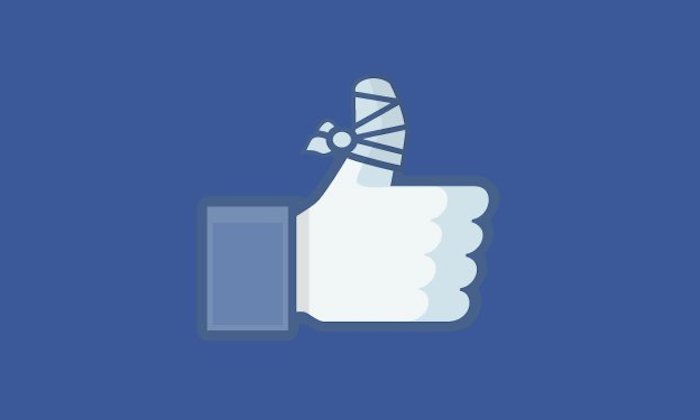
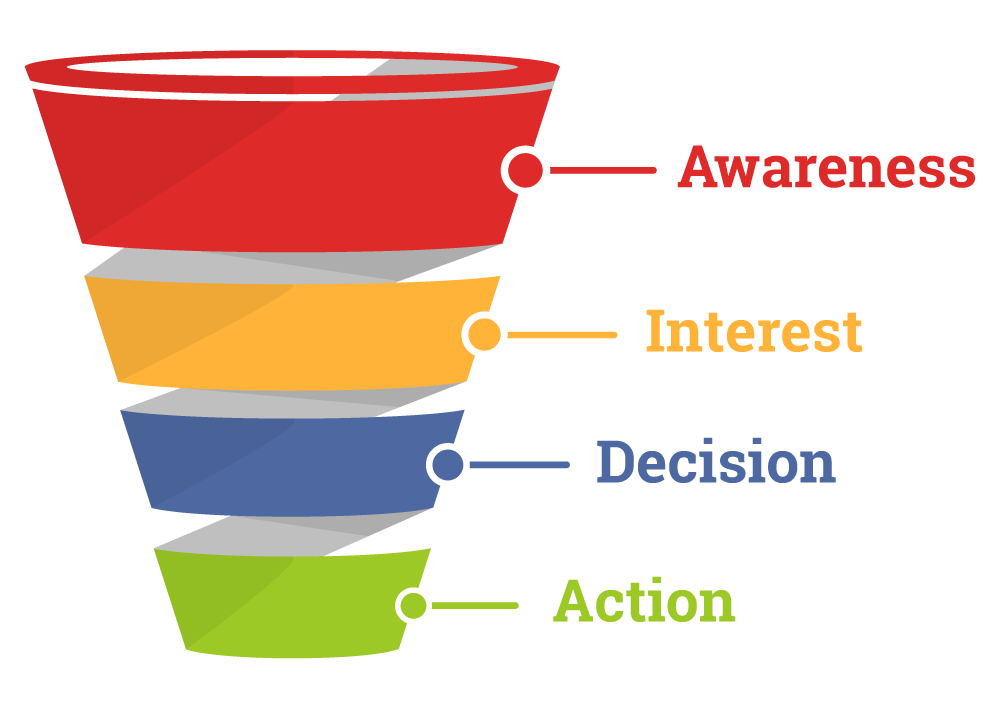
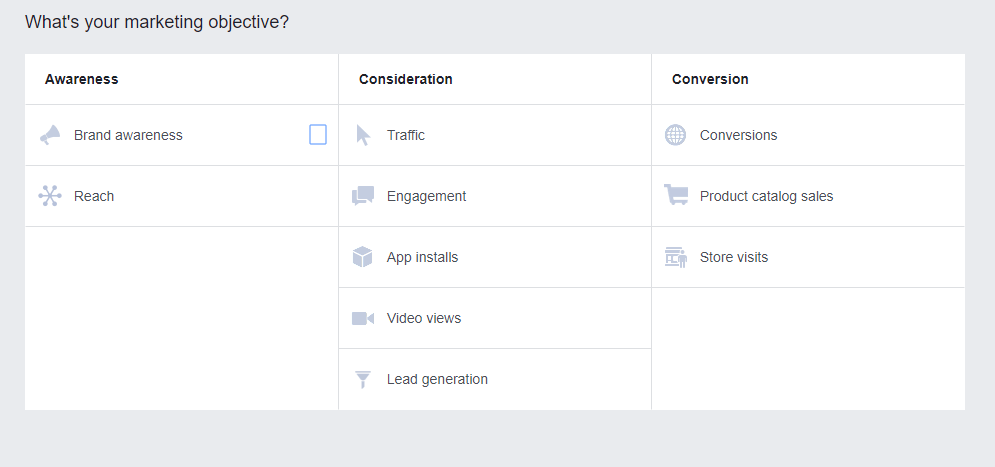
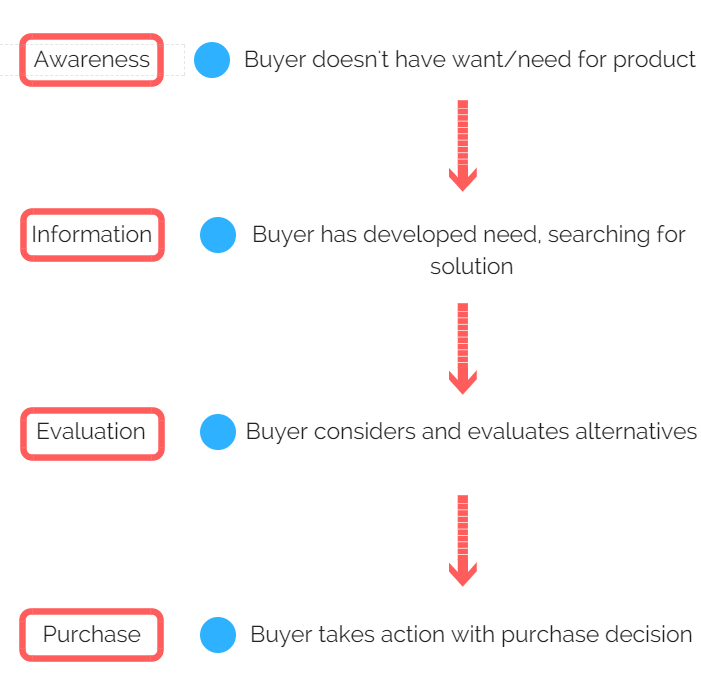
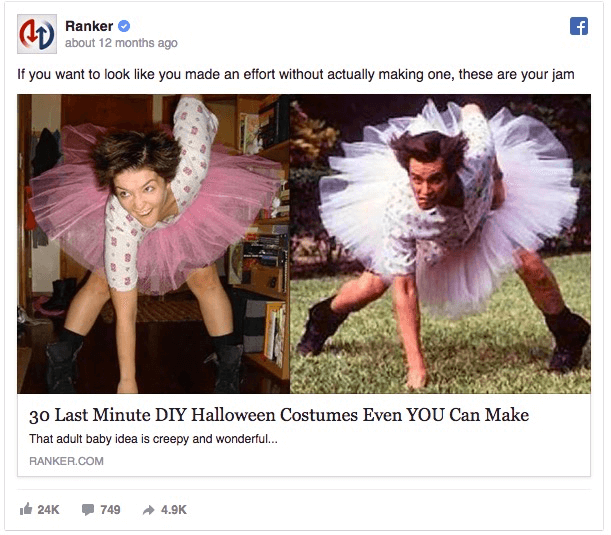

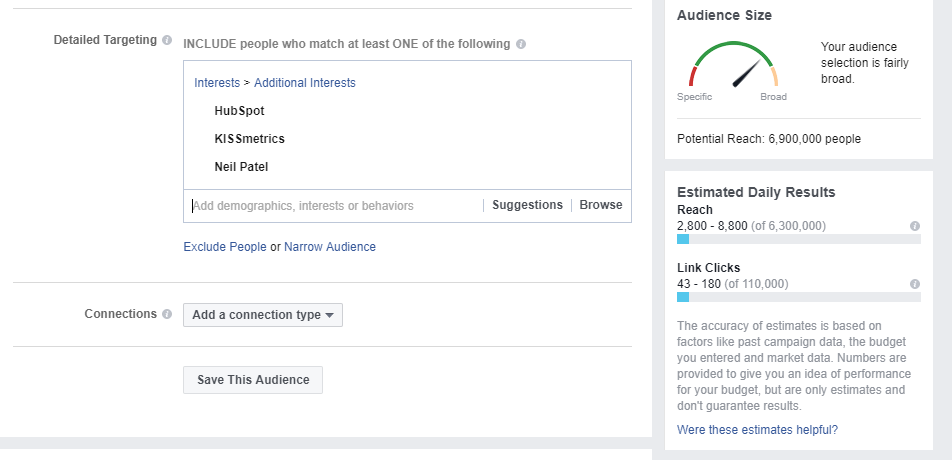
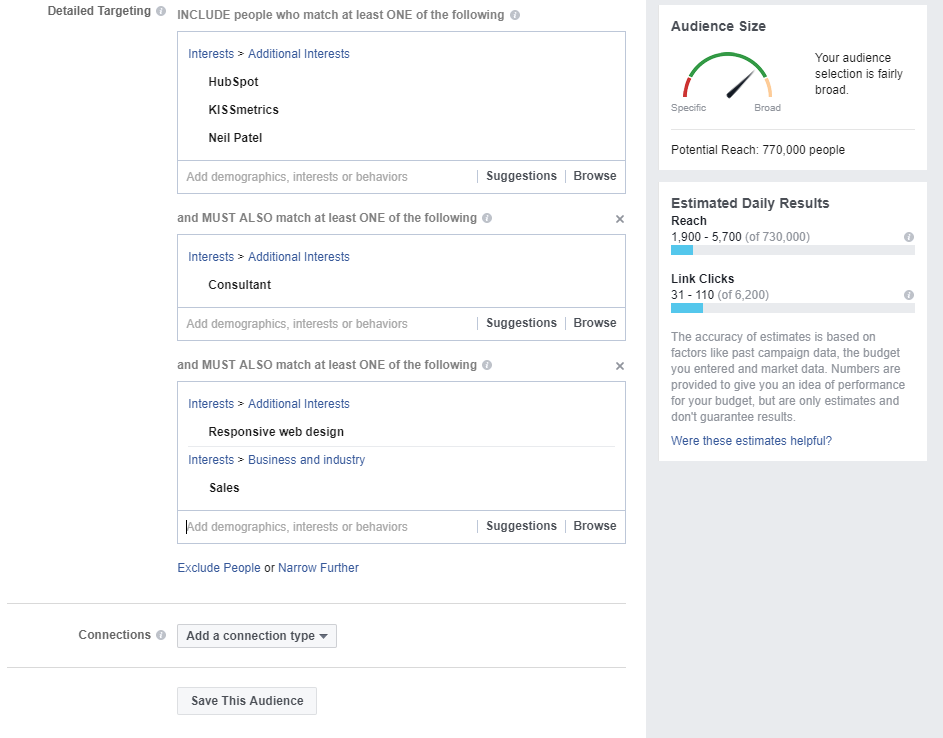
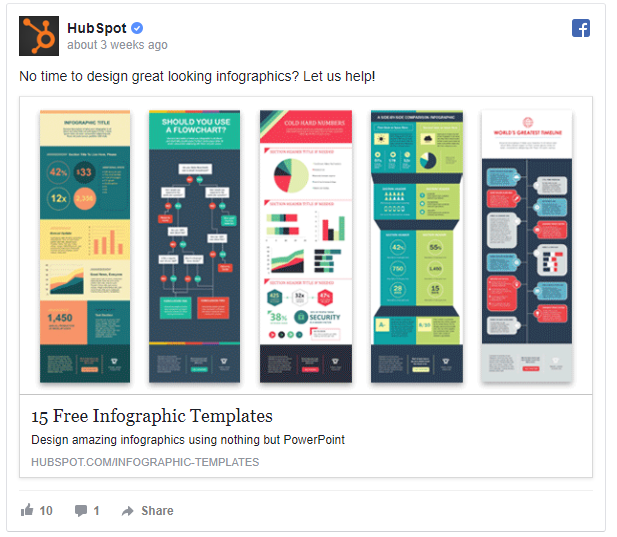
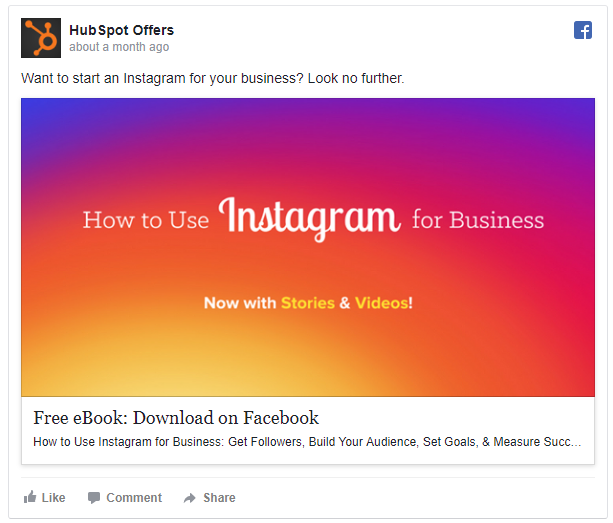
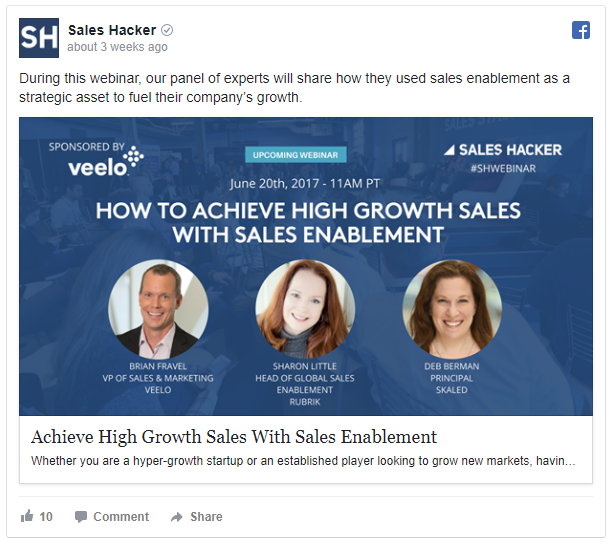
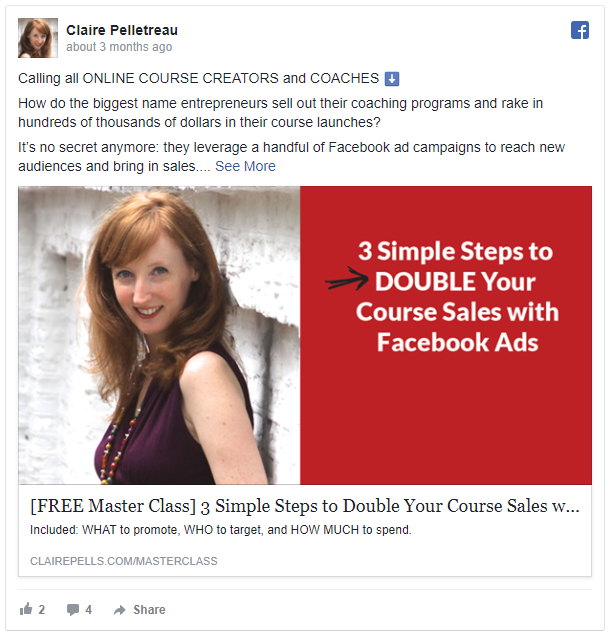
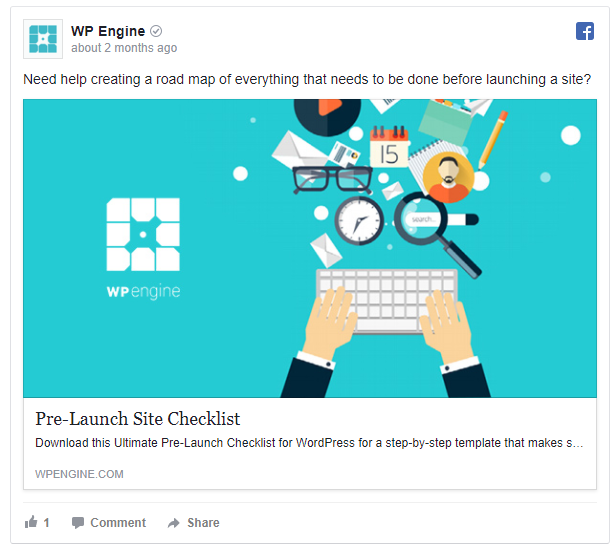

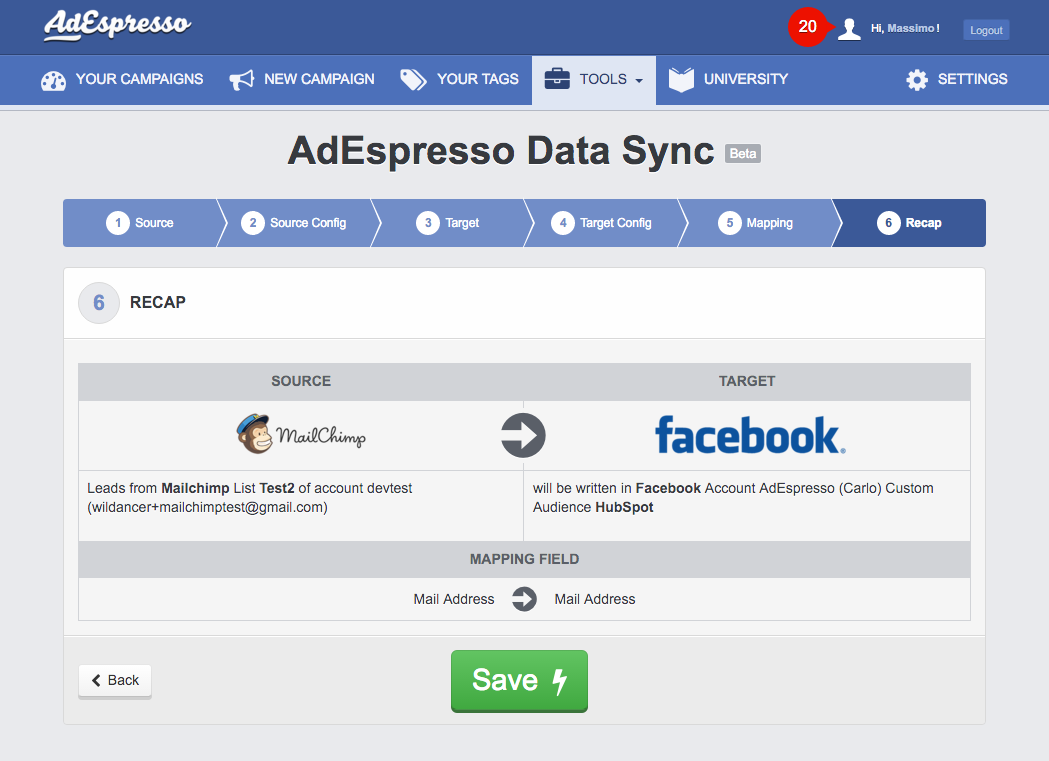
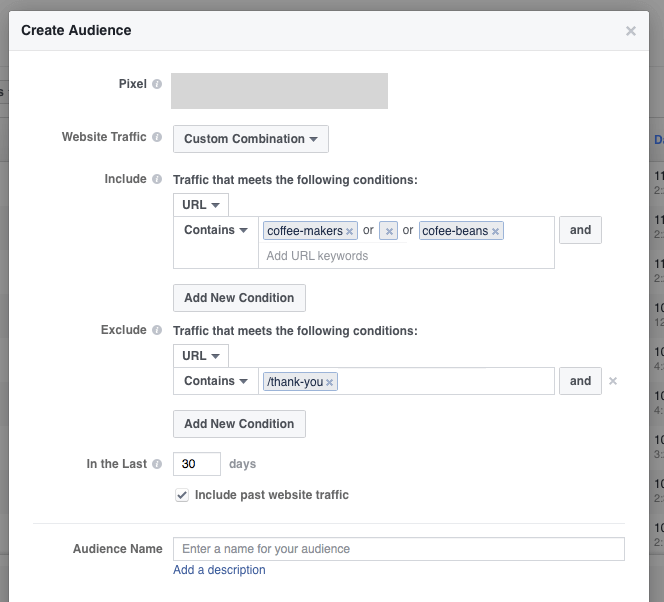

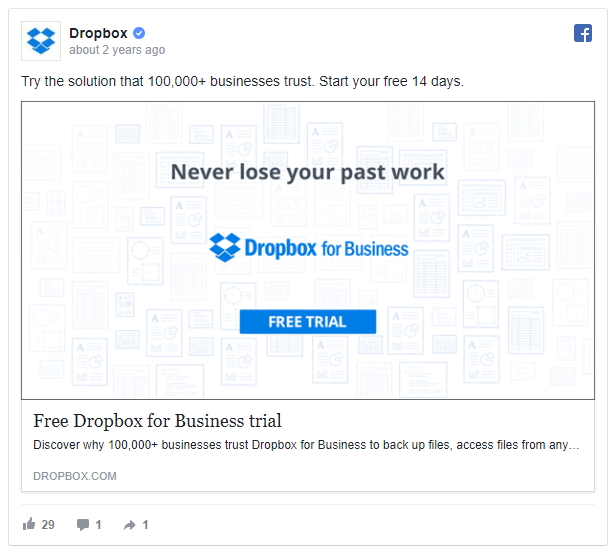
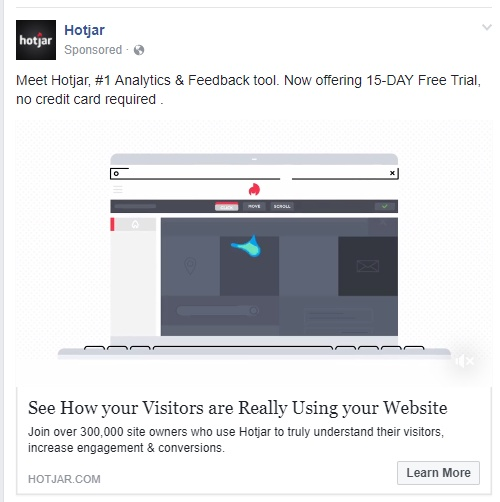
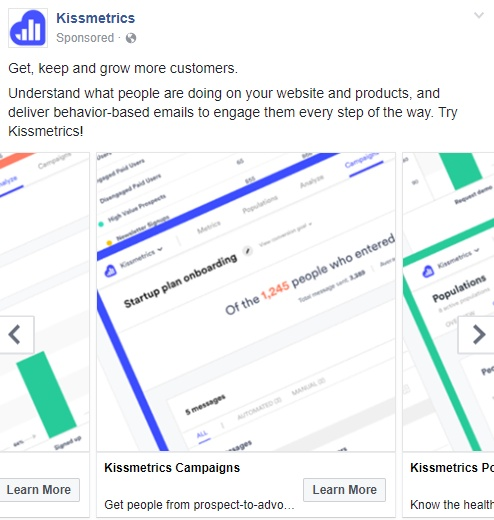
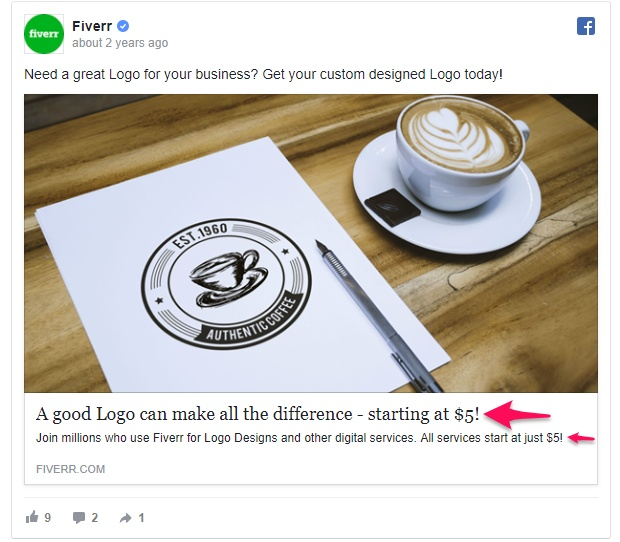

Comments (16)